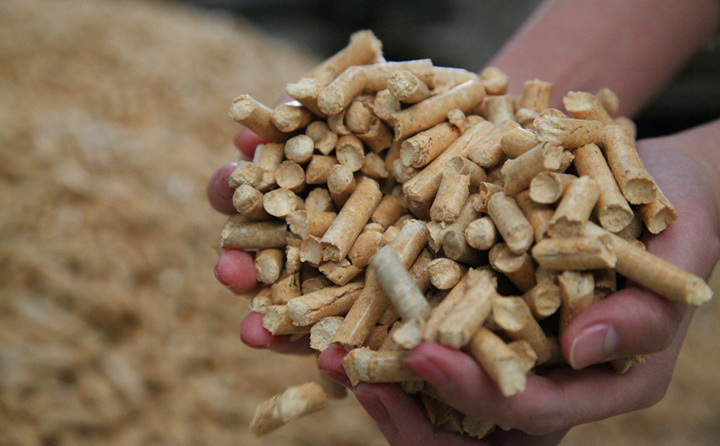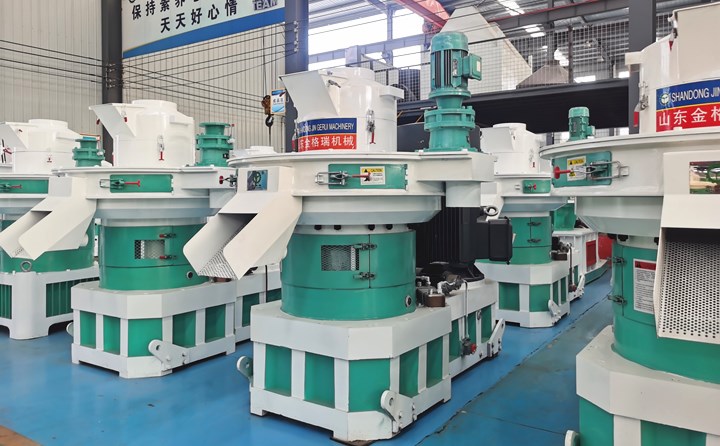Biomass fuel pellets are a relatively popular clean energy in recent years. Biomass fuel pellets are machined and used as a better substitute for burning coal.
Biomass fuel pellets have been unanimously affirmed and praised by energy-consuming enterprises because of their environmental protection properties and lower price costs than gas.
Compared with the traditional coal-fired price, biomass fuel pellets do not have cost advantages, but the environmental protection advantages are more significant. Compared with gas, they have the same environmental protection properties, but the cost is lower and has strong economic advantages.
Recently, the price fluctuation of biomass fuel particles is relatively large. The price is not only related to the market demand, but also related to the quality of biomass fuel particles. The higher the quality of the particles, the higher the price.
Biomass fuel pellets are usually packaged in woven bags, which can keep the boiler room clean and tidy, and the boiler workers are easy to use, which is conducive to feeding materials. If an automatic feeder is used, it can also reduce the labor intensity of workers. The boiler room after burning biomass fuel pellets has changed from the dirty and messy coal-fired boiler room before.
The price of biomass fuel pellets has been increasing recently. In order to avoid purchasing products that do not match the quality and price when purchasing biomass fuel pellets, the quality evaluation specifications for biomass fuel pellets are listed as follows:
1. The forming rate of fuel particles
The molding rate of biomass fuel particles determines the crushing rate of biomass fuel particles. Poor molding rate affects packaging, transportation and storage performance. At present, there is no consistent standard for the molding rate of biomass fuel particles. Biomass fuel can be distinguished according to sampling tests. Whether the forming rate of the pellets can meet the requirements of packaging, transportation and storage performance.
2. The impermeability and moisture absorption of fuel particles
Water resistance and anti-hygroscopicity respectively reflect the ability of biomass fuel particles to absorb moisture in the air, and the increased percentage reflects the size of the anti-hygroscopic ability. Black smoke, etc.
3. Deformation resistance of fuel particles
Deformation resistance mainly reflects the ability of biomass fuel particles to resist cracking under the condition of external pressure, which determines the application and accumulation requirements of biomass fuel particles. When looking at the accumulation of biomass fuel particles, it must bear a certain pressure, and the size of its bearing capacity indicates the size of the deformation resistance of biomass fuel particles.
During the transportation or movement of biomass fuel particles, a certain amount of weight will be lost due to falling, and the residual mass percentage of biomass fuel particles after falling reflects the product’s ability to resist falling and breaking.
4. Types of granular raw materials
Different raw materials have different calorific values. You can judge the type of raw materials of biomass fuel particles by observing the color of biomass fuel particles, smelling the taste of the particles, and dissolving them in water. The calorific value of wood chips is higher than that of peanut shells and straw. Therefore, the material of biomass fuel particles must be checked when purchasing, which determines the economic performance of the company’s boilers when burning biomass fuel particles.
Post time: Apr-12-2022






